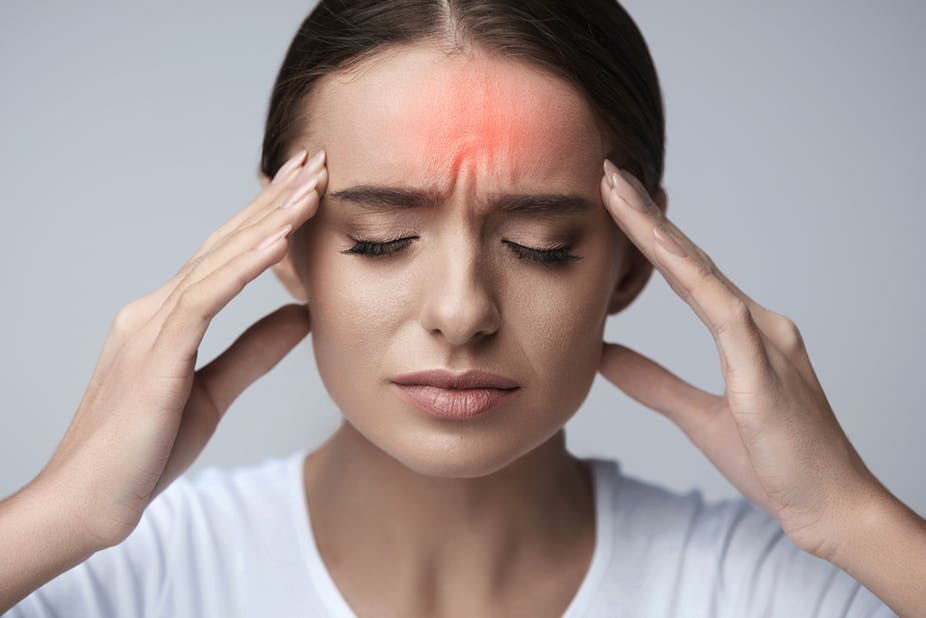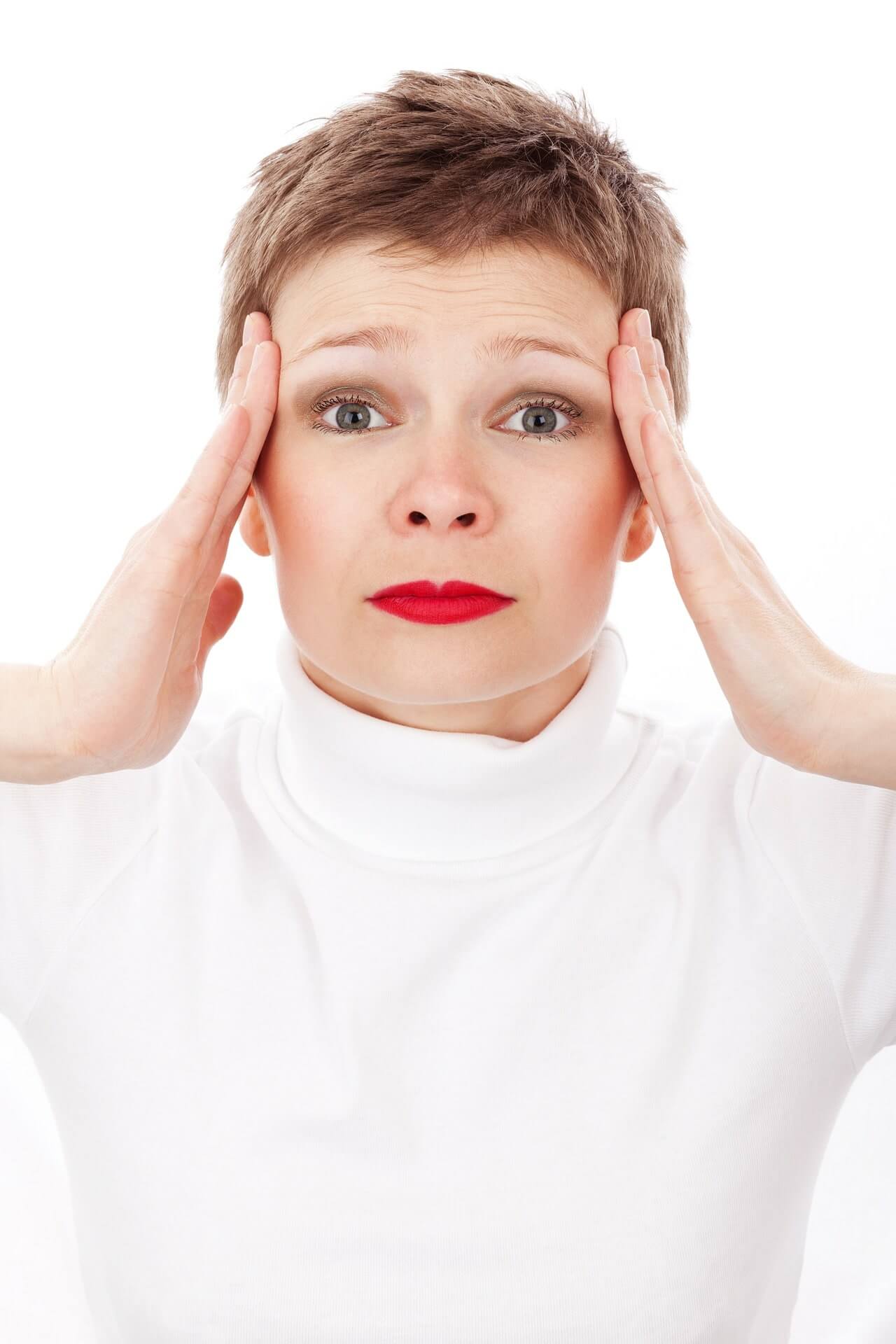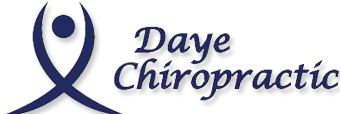Complete the form below to request an appointment
Headaches treatment winnipeg. headaches treatment near me
Treat your migraines, cluster headaches, tension, and others at daye chiropractic
- That distant pain, the one that clues you in to the onset of a headache. Whether it comes from the base of the neck, behind your eye, or anywhere else, it totally changes the complexion of your day. Can even ruin it. And then, after the headache, the torture is over, you just want to rest.
- Well, just because the causes of many types of headaches are unknown, doesn’t mean they can’t be treated. Daye Chiropractic has been treating people like you, that suffer from headaches, for years.
- To know more about how chiropractic can treat your type of headache, just reach out and request an appointment, and we’ll talk about what methods could work best for you.
- No need to suffer anymore.
Complete the form below to request an appointment
Types of Headaches
We all get them, some more than others. There are different types, with different triggers and various causes, like food, environment, stress, and dehydration. Also, headaches or pain to the head can be caused or referred from muscles, joints, ligaments or nerves.
Causes:
Migraine – the cause of migraines is still unknown, but there seems to be a relationship between individual genetics and the environment. Migraines are commonly associated with triggers. These can include hormonal changes, food and additives, stress, sleep, physical and sensory factors, changes in the environment and certain medications.

Cervicogenic – headache that stems from the neck or cervical spine structures. Pain can be triggered or worsened by neck movement.
Tension-type – occurs due to tension in the muscles of the neck or face which produces pain. Factors associated can include stress, anxiety, eyestrain, poor posture, injuries and others.
Cluster – similar to migraines, the cause of cluster headaches is unknown. It has been suggested that cluster headaches may be caused by problems in regulating temperature, blood pressure, hormones or sleep. Other causes or triggers proposed include alcohol, tobacco and drugs (e.g. nitroglycerin).
What to know more about how chiropractic can help you with your headaches? Schedule an appointment now and we’ll go over your history, and see if chiropractic is best for you.
Headache Symptoms
Migraine – intense throbbing or pulsing sensation on one or both sides of the head frequently accompanied by sensitivity to light and sound, nausea and vomiting. Migraine can be preceded by an “aura” that can present as a flash of light, blind spots or tingling.
Cervicogenic – pain usually on one side of the head. The pain can start at the base of the skull and spread to the front of the head.
Tension-type – constant pain and pressure described as dull and achy. Pain can be felt on both sides of the head, forehead, temples and even back of the head. Often referred to as a tight band around the head.
Cluster – severe, stabbing, penetrating, burning or explosive recurring pain that is located on one side of the head. Cluster headaches have a rapid onset and can frequently present in patterns or “clusters” over a certain period of time. Often described as starting around or “behind” the eye and can cause redness or watering of the eye, stuffy or runny nose, droopy eyelid, facial swelling or flushing and sensitivity to light and noise.
or call: 204-817-2181

How Can We Help
Chiropractors can assess, diagnose and manage headaches; however, in some cases referral and co-management may be the most appropriate course of treatment. Evidence has demonstrated that chiropractic care, including spinal manipulative therapy, can be an effective treatment for cervicogenic and tension-type headaches. More so, studies have demonstrated that care offered by chiropractors can also decrease the intensity and frequency of migraines. Depending on the findings of the history and patient examination, the chiropractor may recommend patient reassurance, manual therapies, modalities and lifestyle recommendations including rehabilitation. However, the plan of management will be individualized to the patient’s needs and examination findings. The treatment options may include:
- Patient education and reassurance
- Manipulation and mobilization
- Soft tissue therapy
- Modalities including electrical stimulation, acupuncture, ultrasound and others
- Rehabilitation and exercises
- Ergonomic and lifestyle changes
- Referral and co-management


